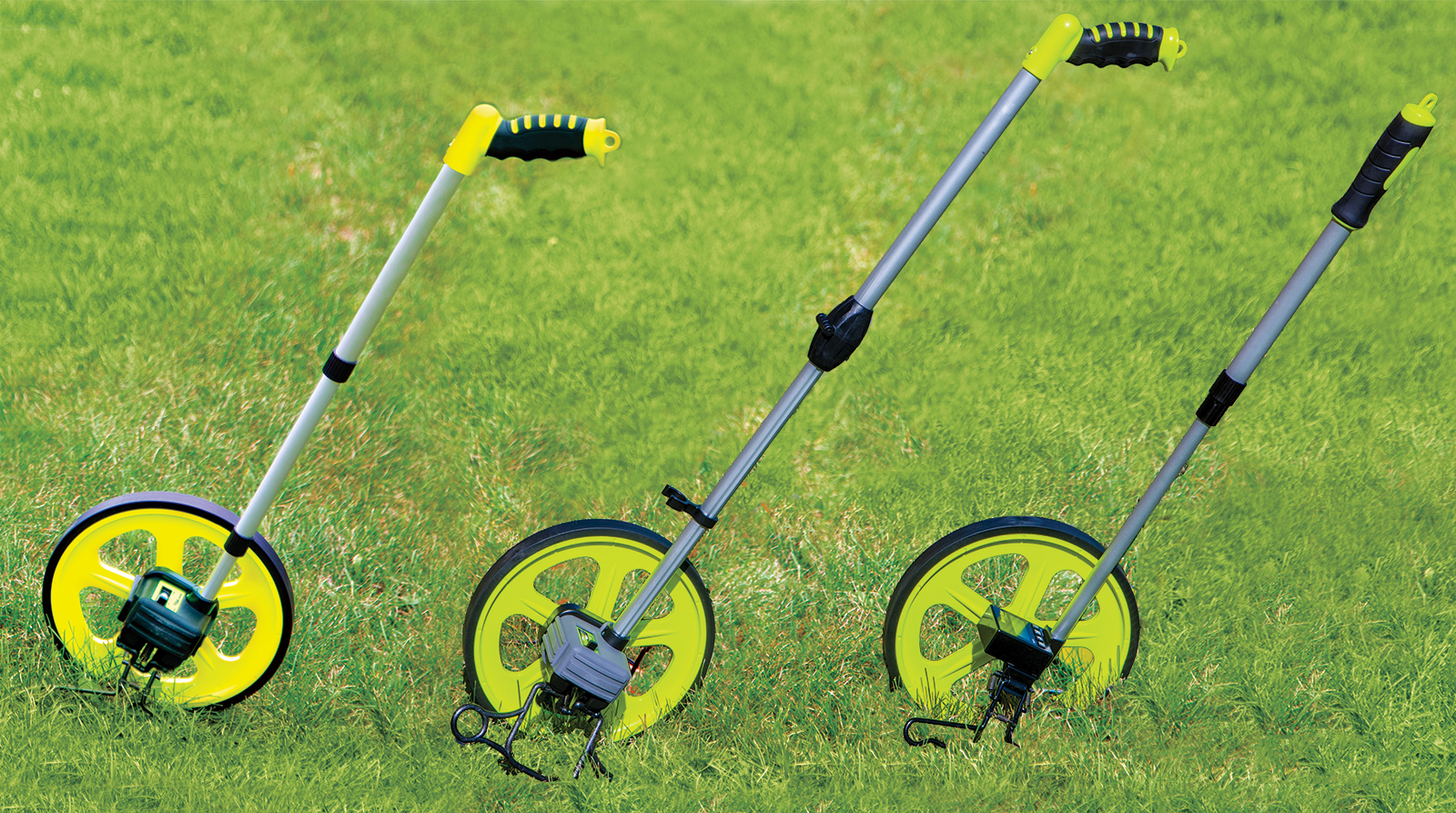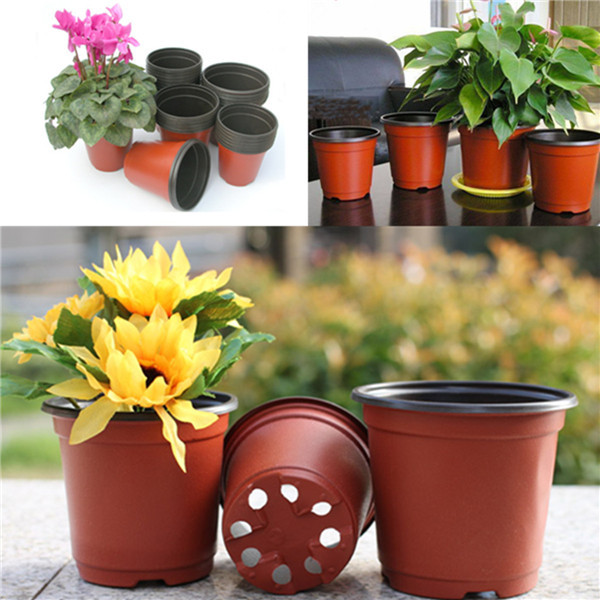Whether taking on a business project or working on home improvement, half the battle is having the right tools and materials for the job. Without them, you are facing an uphill battle that can be difficult to overcome.
As it turns out, a threaded rod may be just what the doctor ordered. If you aren’t sure whether you have the right fastener, here are a few of the characteristics and uses that threaded rods bring to the table.

Content
What is a Threaded Rod?
First, it helps to know what a threaded rod is in the first place. A threaded rod, which also goes by the name of threaded bar, is one of the more common fastener types you’ll find. Think about it as something of a long screw or bolt. With this type of fastener, the thread might run partway or the full length of the stud.
Whenever there is an application that requires a bit more rigidity and length when securing two items, a threaded rod is the way to go. Typically, you would want to use these fasteners on metal or wood, but they have great versatility.
Types & Characteristics
The neat thing about threaded rods is that there are several different types. They each have different characteristics that separate one from another. Each also has its own unique function and purpose. Here are some of the most common varieties and their characteristics.
Double-End Threaded Rod/Bar. This type of threaded rod has a length of threading that is located at either end of the stud but not up the entirety of the shaft. These threaded segments are generally of the same length starting at both ends.
Fully Threaded Rod. As the name implies, the threading goes the full length of the rod, which allows things like nuts to mat anywhere along the bar. That can provide convenience and flexibility depending on the installation.
Hollow Threaded Rod. For this kind of rod, the length of the stud is hollow and has openings at either end. One could run components like cables to go through the body of the rod; think about it when mounting something like a light fixture.
Fine Threaded/Pitch Rod. You’ll notice that this typically applies to thinner threads that are closer together than your coarse or standard varieties. This type of threaded rod is great if you need to hold up against regular vibration, preventing the rod from moving. Fine threads are actually superior in terms of shear strength while offering a greater tensile strength.
The Uses of Threaded Rods
Because it is a popular type of fastener, threaded rods can come in handy for a lot of things. You will typically find them in repair and maintenance, construction work, processing and production, and several other industrial-related applications.
The main reason these are most often used is because the stainless steel looks good aesthetically, is quite easy to work with, quickly and neatly installs, and because they are quite cheap. On top of that, stainless steel is also resistant to corrosion. For outdoor applications – and even marine environments – it is the best choice to hold up to the corrosive effects that regular moisture can have.
Threaded bar/rods are great for automotive assembly and repair, electrical installation, construction, plumbing and contracting, plant maintenance, medical machinery, agricultural, marine applications, marine engineering, manufacturing, production, and processing. The improved tensile strength makes it the perfect fastener in so many ways. Even at home, you will notice that there are probably more than a few projects where threaded rods will definitely come in handy.

Melissa Day is a dedicated home blogger who has been blogging for over six years. She covers everything home related. Melissa also loves writing posts about her travels to Europe with her husband and two children.












